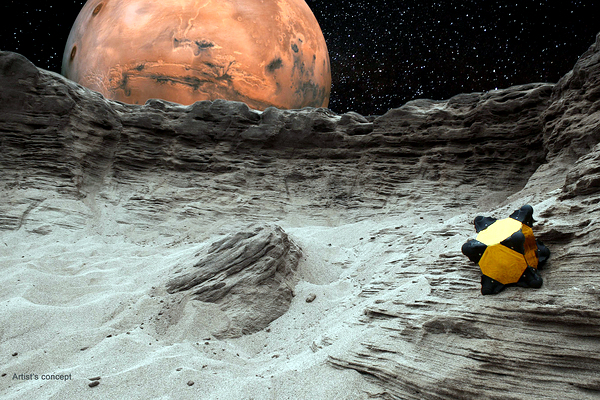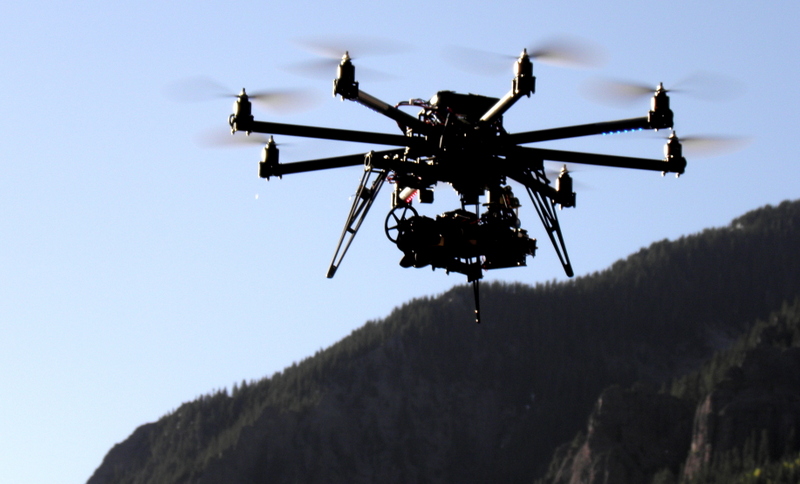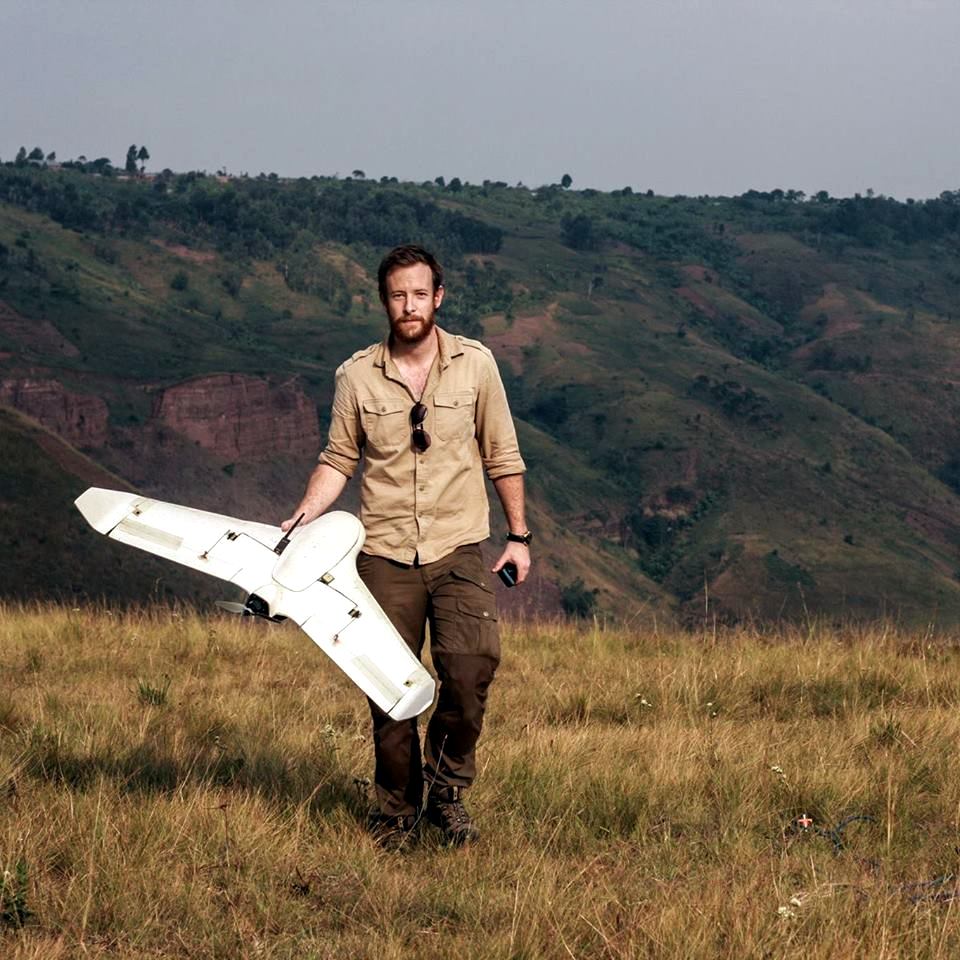Intelligent Designers, 3
Intelligent designers do exist. These creative people see a problem as a opportunity and design a solution by applying new technology. Three new examples are noteworthy:
1.Invasive species control: Queensland's Great Barrier Reef (GBR) is facing a massive invasion that isn't coming from tourists but a starfish. The reefs have lost nearly half of their coral cover since the 1980's and 50% of this loss was due to the marine invasive species, the Crown of Thorns. The creatures can devour more than 100 square feet of living coral per year and there are millions if not more on the GBR. The Australian Institute of Marine Sciences (AIMS) has been actively investigating control methods for the stars. One approach looked particularly promising when a copper solution was injected directly into the starfish by divers. Unfortunately, this method requires a human to individually inject the stars, widely spread across the reefs. Enter designers who created an intelligent robot with machine learning and equipped it an injector system for the liquid. The stars don't stand a chance against the bots that can freely roam day or night hunting and eliminating the noxious invaders.

Crown of Thorns invasion and reef destruction, Great Barrier Reef (credit: AIMS)
Robotic computer vision to locate and injectors to control starfish (QUT)
2. Rolling and tumbling explorers: Investigating planets and moons is currently done with orbiting satellites and expensive rovers. A novel approach, both simple and cheap, could vastly expand the volume of space knowledge gathered. It could be done using small bouncing explorers crammed with sensors the size of a breadbox. Welcome the Hedgehog, an autonomous robot that can roll around any foreign landscape no matter how difficult the terrain. Designed at the Jet Propulsion Laboratory, Stanford University, and elsewhere, the 'out of the box' hedgehog mimics the ability of the biological version and can roll into a ball for protection. The electronic version has interior flywheels that spin the device across a surface no matter its texture or position. The robot continuously collects data and imagery as it goes along and the new explorer is now in demonstration trials. Hundreds, if not more, of the tiny, cheap explorers might be deployed on Mars, Europa, Titan, or anywhere else, fascinating but now inaccessible, within a few years.

Artist's concept Hedgehog robot (credit: JPL/Caltech/Stanford University)
Future Exploration with Hedgehog robots created by JPL & Stanford
3. Wildlife drones: Creative wildlife researchers are beginning to deploy modified aerial drones to count wildlife numbers and monitor endangered species, track illegal poaching, and otherwise gather important ecological and conservation information. The drones have more important wildlife applications than there are currently trained pilots. Camera traps or trail sensors have been important for silently observing wildlife movements but they are stationary tools. Aerial drones, outfitted with powerful high-resolution video cameras, offer vastly improved abilities to follow animal movements over rugged and remote terrain. An organization, created by existing pilots from the USA, Australia, Switzerland, and the UK, Conservation Drones aims to assist over-stretched park managers, expand their technical capacities, and teach drone utility. The importance of these new wildlife monitoring devices is already unobtrusively changing wildlife biology programs in many countries.

Robotic drone with video camera platform (credit: SWP Media)

Wildlife ecologist with drone in East Africa (credit: Jeff Kerby)
These intelligent designers are using their creative thinking and skills to apply new technologies to problem solving. The list of problems needing to be solved is vast and we need many more of these inventors to think and design 'outside the box'.
WHB